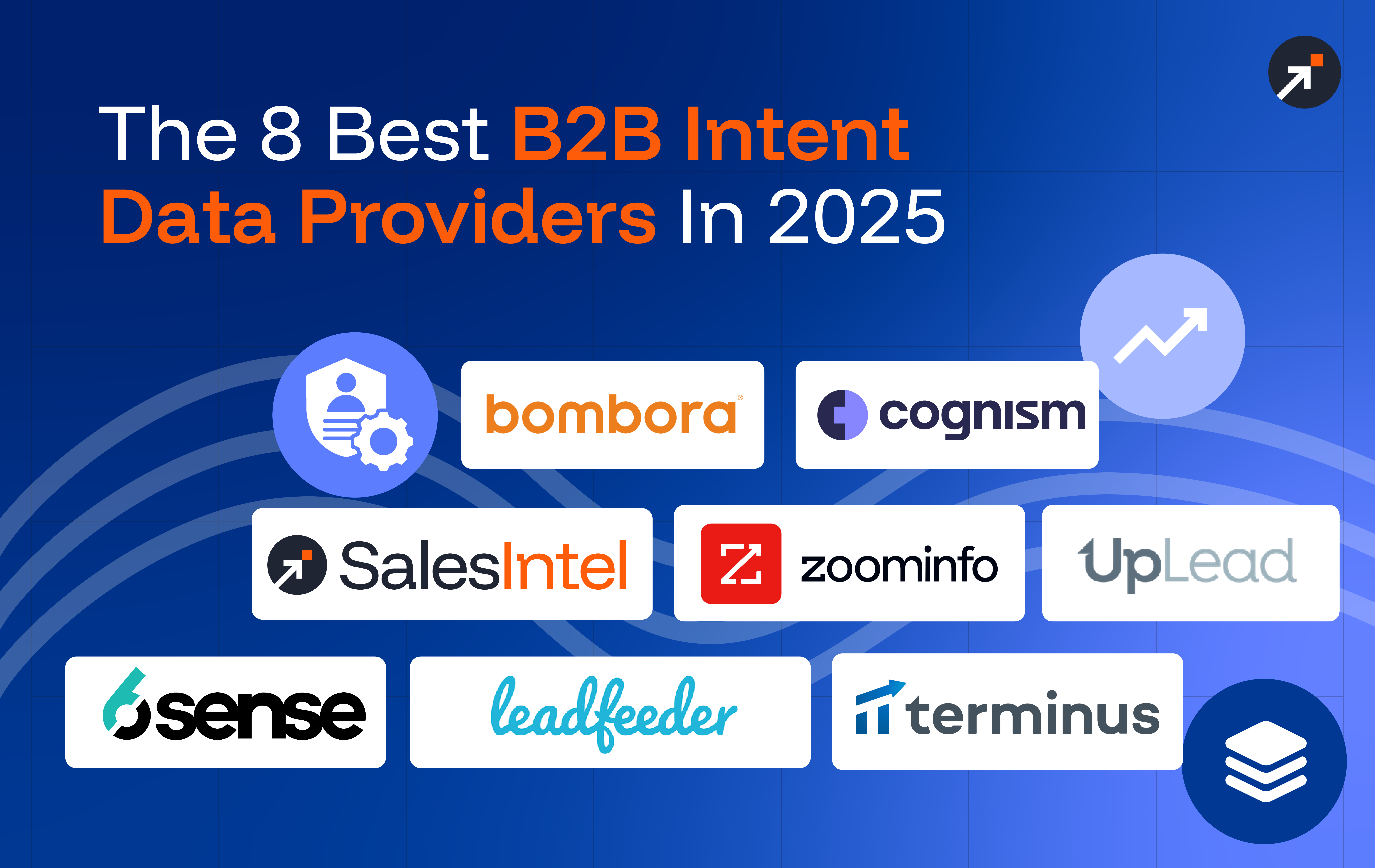By and large, the success or failure in marketing is defined through two metrics – engagement and conversions. Yes, there is the intangible element of branding, but over time it also contributes to these two metrics. The more brand visibility you have, the more engagements and ultimately conversions you will generate. It’s as simple as that.
So the question is, how do you increase engagement and conversions? And what role does intent data play in that process? Let’s take a quick look at one of the case studies we recently did with a client as a real-life example:
EvolveBPM is, at its core, a marketing consulting and services provider that builds strategies and runs campaigns on behalf of its clients. They serve businesses of all scales and industries and typically run numerous large-scale campaigns simultaneously. So the overall results they get are more or less free from any industry or scale bias.
The average click rate for their email campaigns used to be around 2-3%, and the percentage of recipients that downloaded their assets hovered around 0.6-0.8%. Those are decent numbers if you ask any marketer.
But after they started using SalesIntel and built their campaigns around intent data, they registered a 10X jump in those metrics. The click rate shot up to 12-15% and the downloads to 6-8%.
They increased their engagements by 5X and conversions by 10X by using intent data to strategize and run their campaigns. Read the full case study to learn more details.
And that brings us to the core topic – how exactly did they use intent data? And how can other marketers replicate that success?
Try this whitepaper to learn all the tips and techniques for using intent data, but here is a quick primer to get you started:
For marketers, using intent data is helpful at two stages:
1. Content Creation
Generally, marketers create content based either on trending topics or the features/use cases of their products & services. With intent data, they get a much more powerful option.
When you know what the target buyers are searching for, creating content around those topics is guaranteed to get more traction. They might not be popular topics and not get much traffic, but they will engage those buyers and are more likely to generate conversions.
These content pieces are particularly effective in email marketing, social campaigns, and paid remarketing because they are highly targeted and address specific pain points.
2. List Building
After you have created the appropriate content, intent data can help you build highly targeted prospect lists. Apart from using general firmographic filters like company size and revenue, using intent topics filters down the list to show active buyers.
Usually, at any point in time, no more than 10% of prospects are actively looking to buy a product or service. This is part of the reason general campaigns have poor engagements and conversations. But using intent filters helps you identify those 10% active buyers and reach out directly.
Let’s say your company sells accounting software. Typically you will identify your ICP, say, businesses with over 500 employees and over $20 million in revenue. Now, if you apply these filters, you will get hundreds or even thousands of companies depending on the market you are targeting. But which ones are active buyers? Generally, salespeople and marketers pick a few hundred accounts at random and start prospecting. This is why conversion rates barely cross 1%.
If you used intent data and applied filters to obtain a list of companies actively searching for “accounting software” or your competitors, the list would be much shorter, maybe just a few dozen companies. These are the active buyers you should be targeting. Coupled with customized content, running targeted campaigns only for these accounts would yield better results than going after the entire market. That, in a nutshell, is how marketers should use intent data to leverage its true potential.
If you want to see the process in action, request a personalized demo where our team will walk you through your industry prospects, ICP, and how to best integrate intent data in your campaigns.




